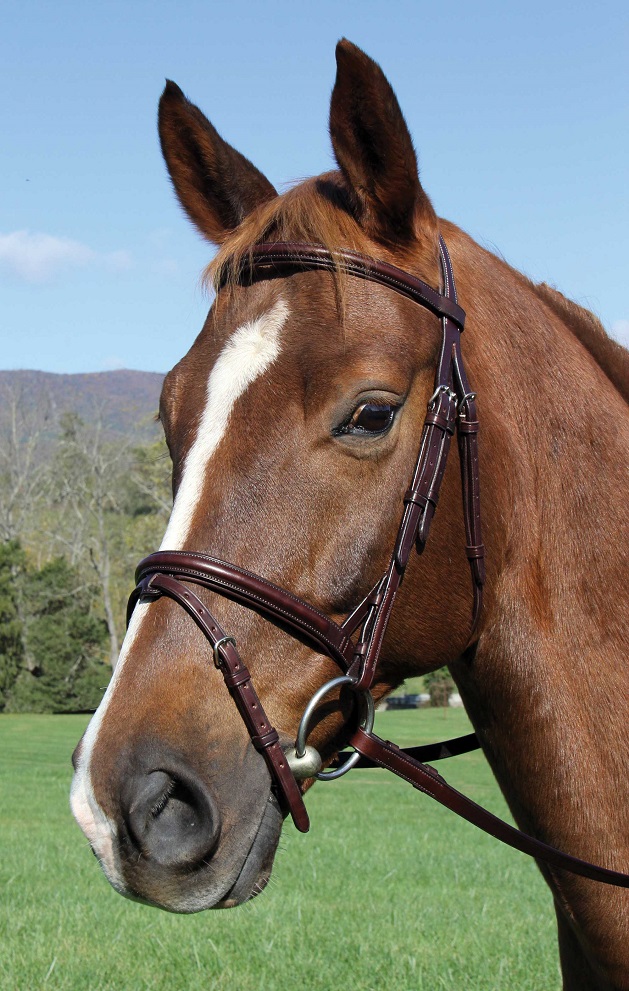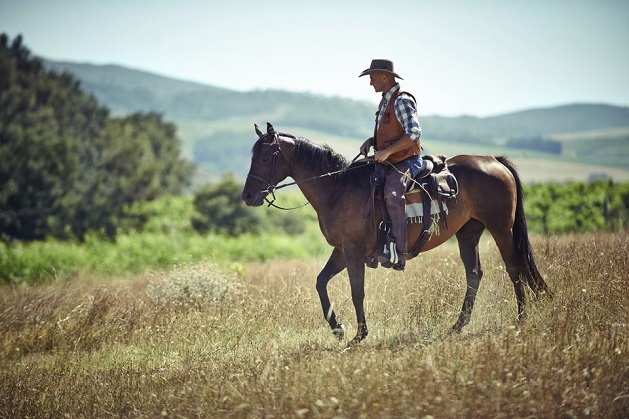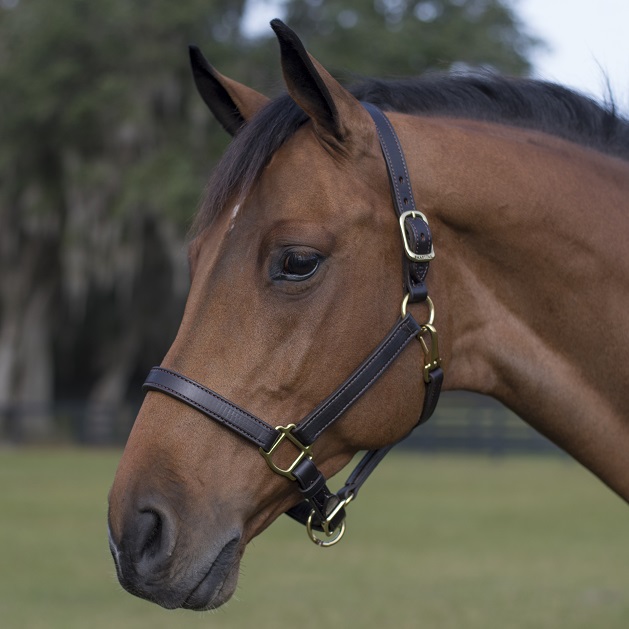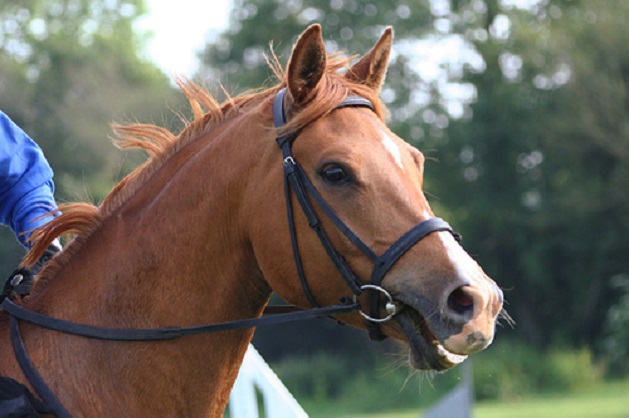Horse riding provides many benefits rather than just being a great workout, since it’s not only your health that’s going to be positively affected by it, having your core muscles strengthened, your balance improved, but your well-being as well given that there are mental benefits too.
When you’re in the company of a horse, you get to create a special bond with this gracious animal, so it’s an experience that brings about feelings of peace and happiness and you’d be right in thinking of it as a mental workout also. Of course, to be able to make the most of it and provide your horse with the best experience too, you have to have your set of equipment, particularly the bridle being the key piece in communicating with the horse.

While there are various horses bridles to choose from, brands, styles (from simple to ornate), variations made for the different breeds and temperaments, it certainly helps to know a little bit about the basic types there are to make the right decision when purchasing and you can count on our info to find out something about them.
The Snaffle
When you’re in want of the bridle that makes it piece of cake to use it on your horse, then you ought to choose the snaffle. Not only is it among the oldest bridles mankind is familiar with, consisting of headpiece, a couple of cheekpieces, throatlash, reins, bit, noseband and browband, it’s also widespread worldwide as it serves well for a variety of disciplines and is ideal for pleasure riding.
Though the name indicates snaffles, don’t be fooled that they’re the only bits used; others can be used too, such as the gag, curb and kimberwicks. Great for most horse breeds because it’s quite the gentle bridle, it may not be the best there is for Arabs, for instance, known for their sensitivity as it can cause irritation in the areas around the cheekbones so it’s good to have this in mind if your horse is Arab or another of the more sensitive breeds.
The Western

Not that different from the snaffle, since they have the same parts except for the noseband and the throatlash, the western horses bridles are famous for their lightweight design, providing the much needed comfort to the work horses. The common western bridle however consists of a headpiece in a combination with a throatlash and curb, as for the reins, either closed or split would do.
As can be guessed by the name, this bridle suits western disciplines, from roping and barrel racing to rodeo.
The Double
Also known as Weymouth or full bridle, this option is double because of the double set of cheekpieces used, two bits, the curb and the bridoon, along with a double set of reins. Because of the complexity of the design, it’s not the best when it comes to beginners because the inexperienced rider can easily harm the horse and its reigning ability, which shows why it’s only used with more advanced disciplines such as dressage as it’s bound to enhance the performance.
The Split Ear
Also known as western split ear as well as one ear, this is a bridle that differs from the common one in the way the leather strap is used, which is in front of one ear instead of behind the ears. You can find such bridle being used in pleasure riding, though when it’s more ornate, it’s perfect for more special occasions.
The Halter

Unlike the usual leather models you can find, this one is typically made of lightweight synthetic materials in the likes of PVC. Due to the difference in material, it’s among the cheaper options so if you don’t ride that often, you might consider this one.
As you might as well guess, the design features a halter and it allows for ease when removing the bits and reins. This is exactly what makes it the preferred option when it comes to events like endurance competitions because it’s easily changed.
The Bitless

Among the most preferred choices because of comfort, the bitless horses bridles may be gentler and suitable for cases like broken jaws, tongue damage or fixing issues such as head shaking, though not exactly all that ideal for each and every horse and every occasion considering they aren’t allowed in dressage.
What’s great is that you can turn any bridle into a bitless one, except for the double that is, though it’s best to see if your horse is up for wearing one like that. If you notice any discomfort, or unusual behavior, then you should try and change the bridles. One of the styles of bitless often used with western showing is the hackamore.
Making the Choice
Getting to know the different types of horses bridles is just one step in the path of decision, followed by choosing you materials and colours. Making your mind on the suitable bridle for your horse and the discipline is also connected to proper measurement of the horse, because after all there are dimensions to look for.
So our tip is to measure properly before the purchase, focusing on measuring from one corner of the mouth to the other, across the cheeks, the nose, and the ears, from the left side of the left ear reaching past the right ear. This is essential to know if each and every part of the bridle is the right match.
If after you’ve made the right choice, your horse can’t get used to it or you’re wondering how to bridle a difficult horse, all you have to have in mind is teaching the horse in dealing with pressure – even the most difficult of horses were made that way because of improper fitting of the equipment and discomfort.


